Beginner aquarists may often overlook the importance of substrate. Some may like the gravel color of a friend’s aquarium while others may choose it blindly. Substrate plays a vital role in maintaining the hygienic climate of the fish tanks.
This article will highlight the best substrate for betta and the necessary considerations while buying the substrate for a betta tank. Consequently, the reader can buy the best substrate for a betta aquarium.
Our Top Picks
| IMAGE | PRODUCT | RATING | PRICE |
|---|---|---|---|
|
EDITORS CHOICE
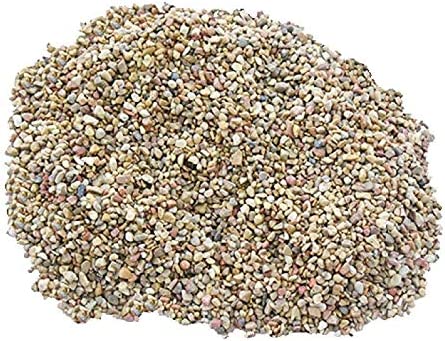
|
IPW Water Softner Substrate
|
9.9
|
Check on Amazon |
|
BUDGET PICK
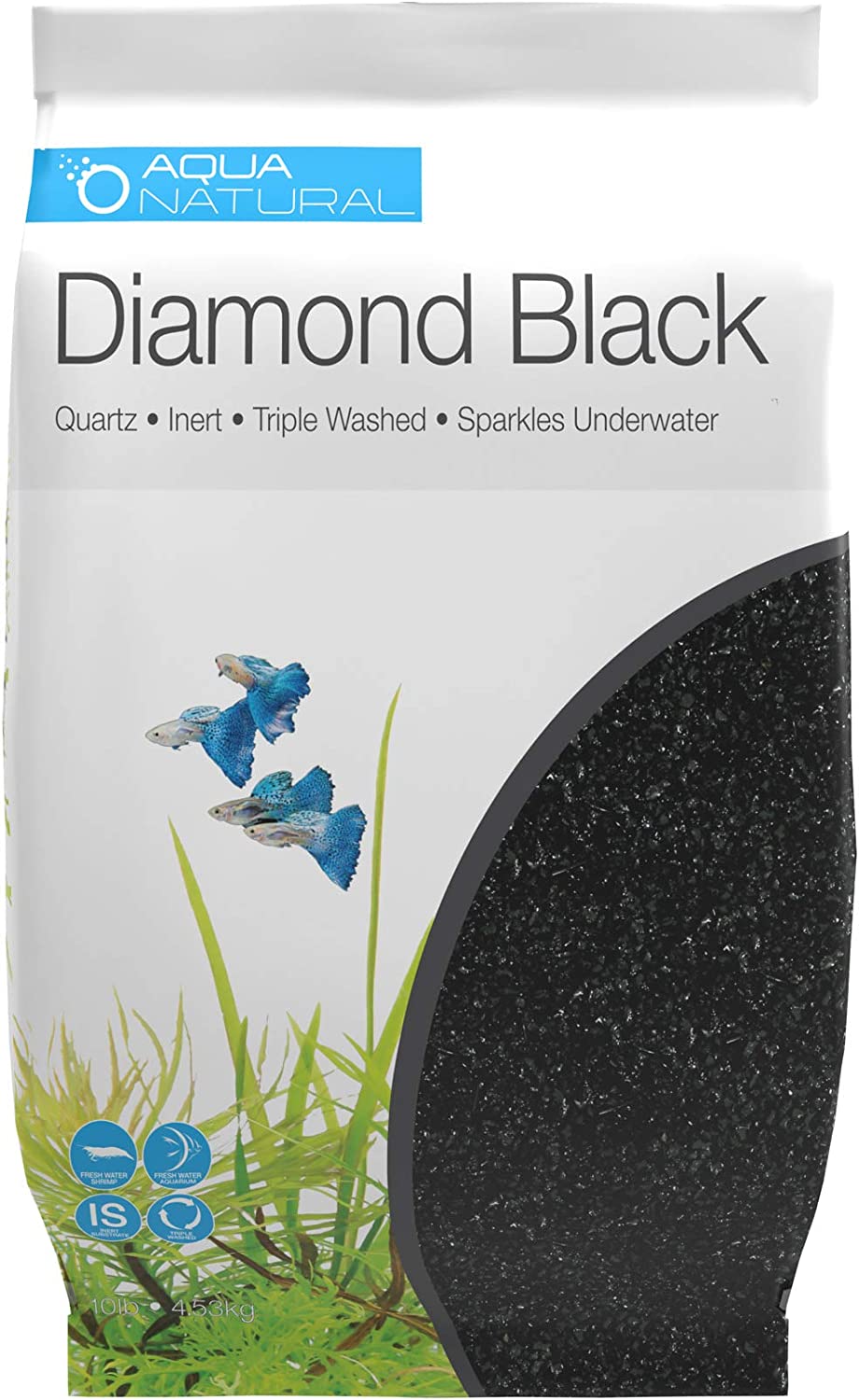
|
Aqua Natural Diamond Black Substrate
|
9.5
|
Check on Amazon |
|
TOP CHOICE
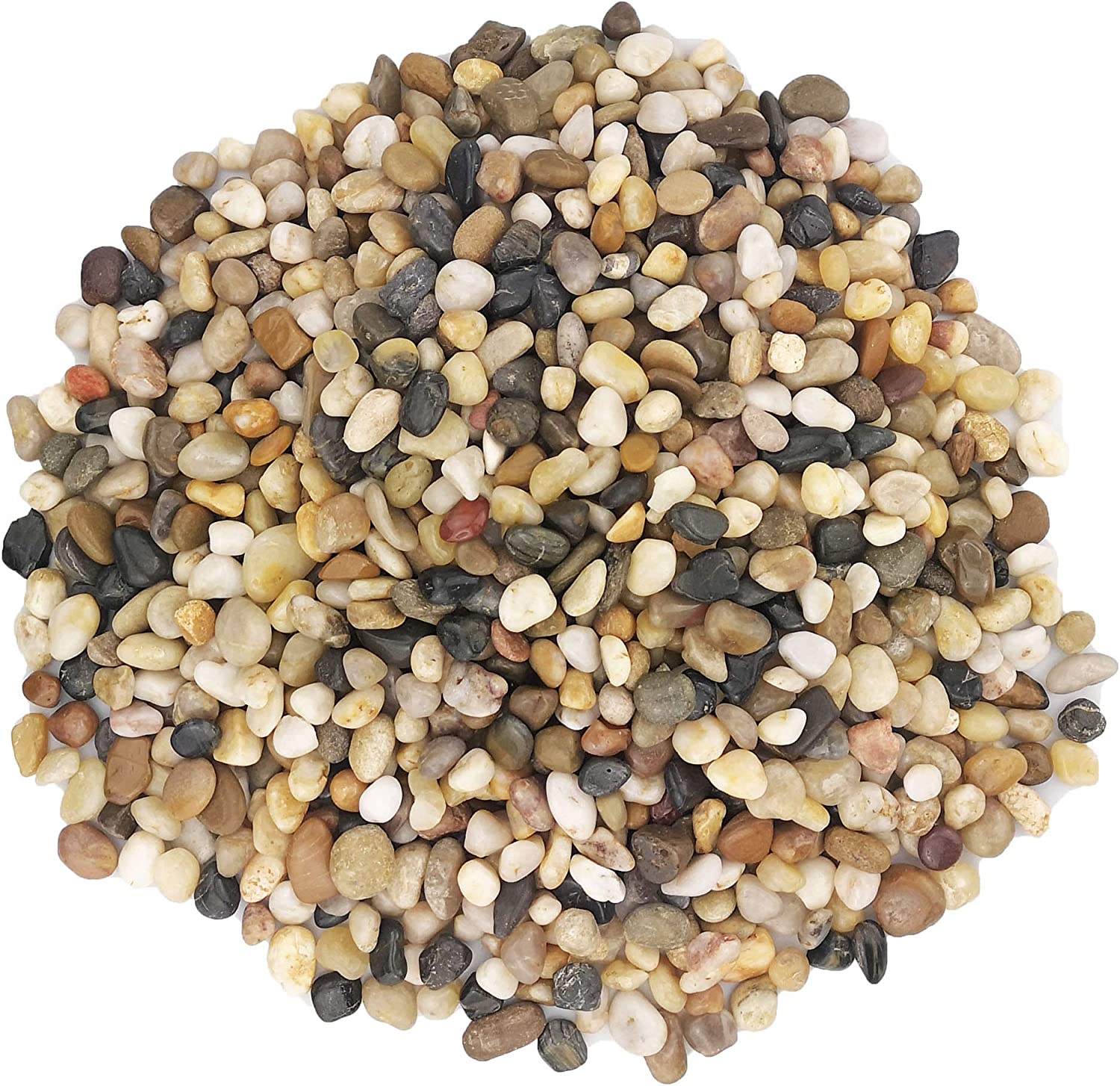
|
Mikuda River Rocks
|
9.0
|
Check on Amazon |
|
STANDARD PICK
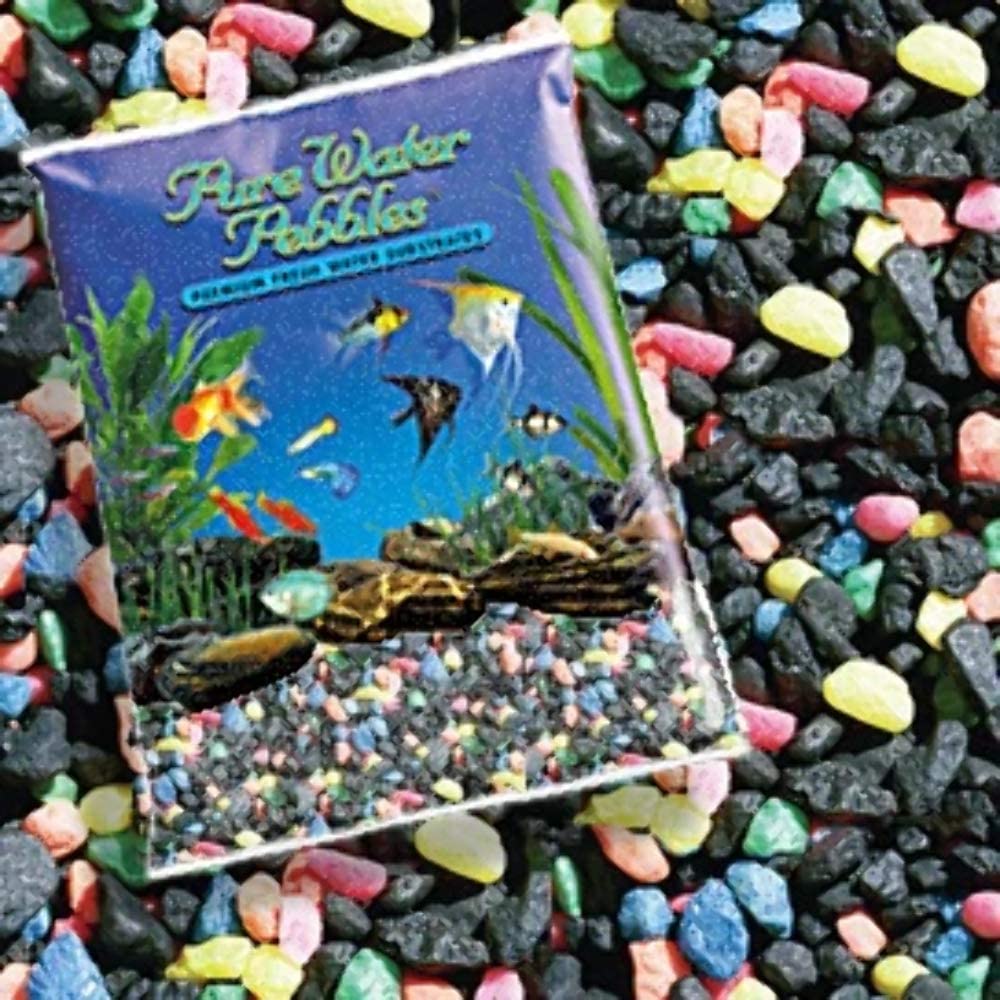
|
Pure Water Pebbles
|
8.8
|
Check on Amazon |
|
STANDARD PICK
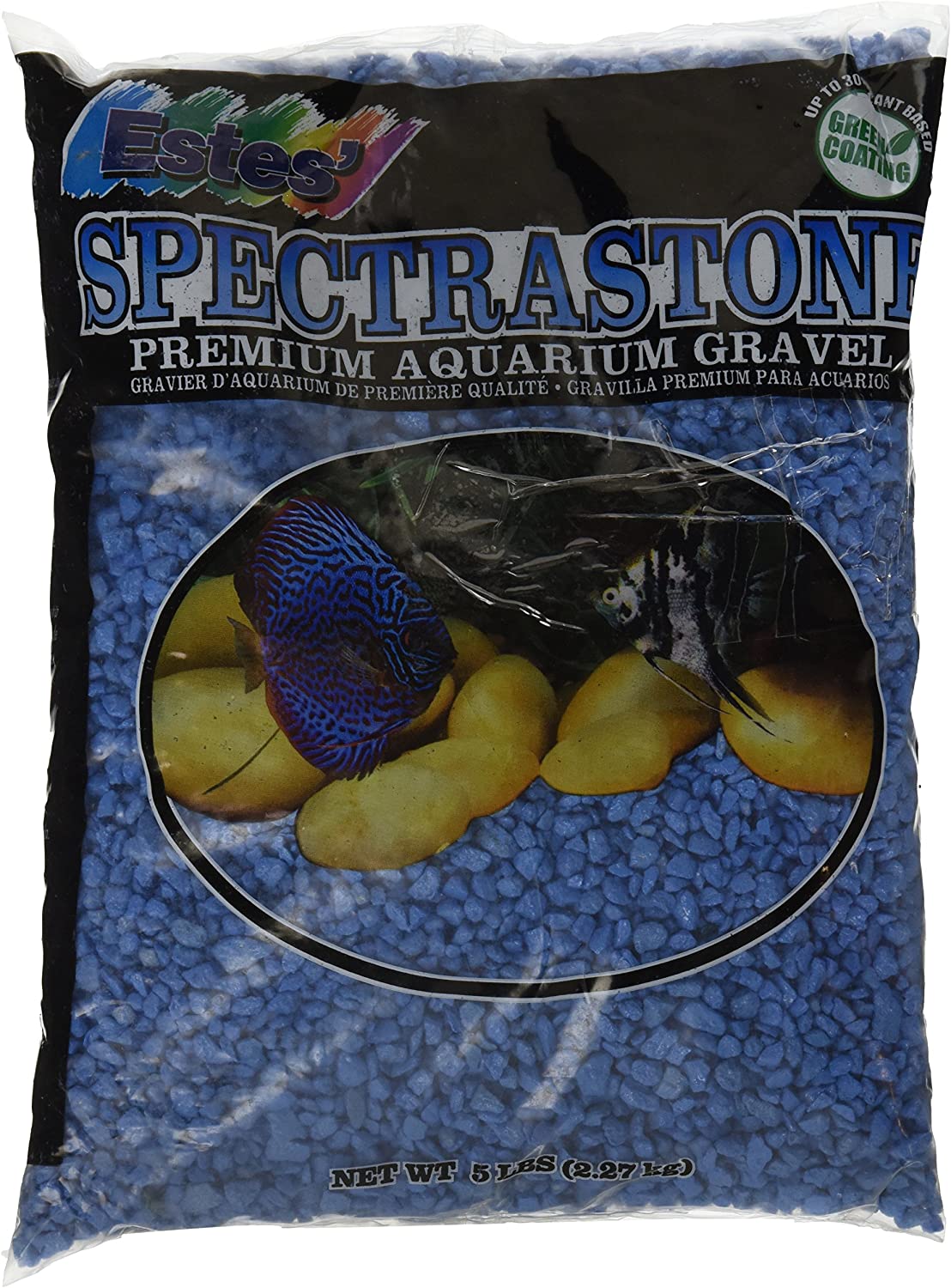
|
Spectrastone Special Light Blue
|
8.6
|
Check on Amazon |
|
STANDARD PICK
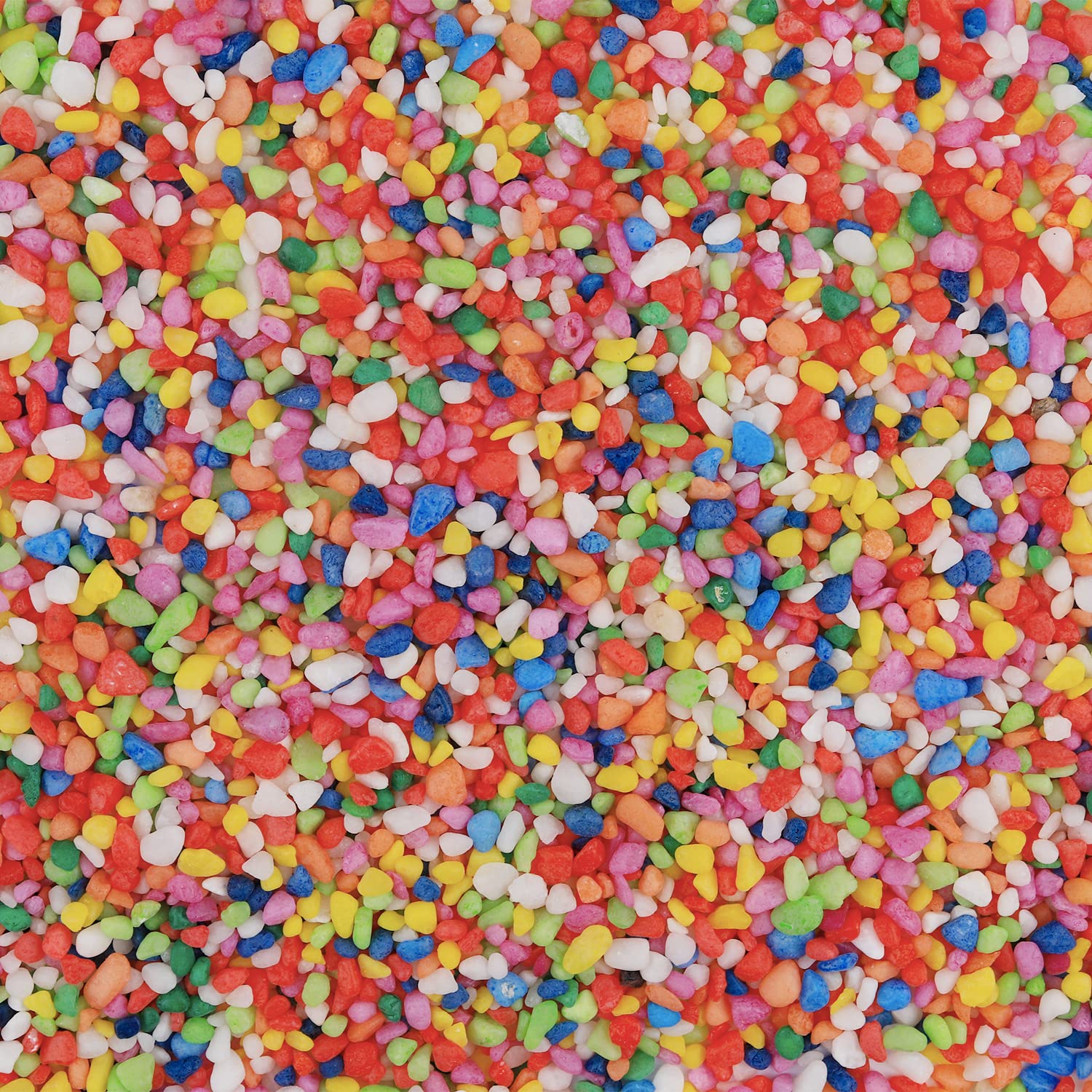
|
Mini Rainbow Gravel Pebbles
|
8.3
|
Check on Amazon |
Best Substrate For Betta Fish Tank Reviews
1. IPW water Softener gravel

Best Substrate For Betta
- Best for betta fish tank
- Maintain hygiene and keep waster inside
- Keeps tank clean and beautiful.
Pros
- It ensures high-grade filtration of the tank.
- High-density of the granules reduces the penetration of waste inside.
- It encourages a safe and clean environment.
- It is the best gravel for the backwashing tank.
Cons
- It may become difficult to clean the tank.
- It may capture live food inside and disturb the cleanliness.
Hobbyists use garnet gravel for multiple purposes. The water-softener garnet gravel is ideal for drainage purposes.
It is used for soil drainage in the plants’ pots. It also encourages cleanliness and quality filtration in the fish tanks. However, water-softener gravel does not mean that it adds minerals to the fish tank.
However, it promotes a healthy environment inside.
IPW garnet gravel is of filtration grade. It does not change the quality and composition of the fish tank. Aquarists are advised to rinse the gravel once before use. It will help to maintain the quality of a fish tank.
Furthermore, betta can enjoy cleaner and clearer water and explore the tank more happily. IPW industries garnet gravel offers the best carpeting for the betta aquarium with safe and protected ingredients.
2. Aqua Natural Diamond Black Gravel

Good Substrate For Betta
- Create perfect ambiance
- Easy to manage and clean
- Good for betta fish health
Pros
- Safe for the climate of the aquarium
- Easier to clean and maintenance
- Does not collect and absorb debris
- Gives wider space to beneficial bacteria
Cons
- Live plants may not get good rooting space.
- It may hide live feed inside.
Natural Diamond black gravel gives a black ground with shining quartz.
Natural quartz not only enhances the outlook of the aquarium but also appeals to a betta. You will find bettas in the fish tank happier with the shining diamonds. Aqua Natural diamond gravel features the best ingredients. It gives ample space for the beneficial bacteria to grow and keep the climate healthier.
Moreover, black-colored gravel is ideal for adding ornaments, and artificial or live plants. The quartz shine with the reflection of light in the tank.
Aquarists prefer Aqua natural Diamond Black gravel for its clean and safe nature. If you want to set up a premium fish tank interior, choose Aqua Natural Diamond black gravel. It will not disappoint you and your betta friend.
3. Miukada 5 pounds river rock pebbles

Best Substrate For Planted Betta Tank
- Multi color pebbles for good looking
- Enhance good bacteria to grow
- Non-edged, so, safe for your betta fish
Pros
- Enhances the outlook of the aquarium
- Available in multiple colors
- Let the beneficial bacteria grow
- Keeps the fish tank climate healthier
Cons
- Debris and fish waste can accumulate in the spaces between pebbles.
- With pebbles substrate, aquariums require continuous cleaning and water changes.
Hobbyists can use Miukada pebbles for both decorative and ground purposes.
Miukada pebbles come naturally in red, brown, green, black, and white colors. Some pebbles are naturally broken, and others are cut into halves. Different natural shapes of the stones and multiple colors appeal to users.
The polished stones carry round edges and prevent the betta from injuries. The interesting feature of the river rocks is that the aquarists can also use them in the garden, lawn, and outside the main gate to upgrade the outdoors.
Multiple applications make it more demanding and user-friendly. High-quality rocks maintain a clean and healthy fish tank. Moreover, the betta can feel happier with this impressive aquatic ground.
Miukada pebbles are naturally polished and can be used for decorative purposes as well. You can purchase the pebbles as per the requirement and the size of the tank.
4. Pure Water Pebbles Aquarium Gravel

Colored Substrate For Betta
- Mantain the pH of aquarium
- Coating does not harm the aquatic life
- Multi color pebbles for perfect ambiance
Pros
- The appealing multiple colors of the gravel enhance the beauty of the aquarium.
- The acrylic coating is free of toxic substances.
- It does not affect the pH of the water.
- It is used for multiple purposes like decoration, art craft, planting, etc.
Cons
- It is not suitable for live plant decoration.
- It may absorb the debris and live feed in the cracks.
With this natural decorative Gravel, the aquarists need no more decoration. Add this appealing gravel to the tank, furnish some plants, and the betta home is ready.
The distinctive feature of the pebbles gravel is that it does not affect the pH of the water tank and keeps it safer for the betta.
Lasernite Glo pebbles can be used for art and craft purposes, gardens, home decorations, and aquariums.
The multiple applications of this gravel make it a favorite one among users. Its black, blue, and bright colors appeal to the tank residents. Undoubtedly, Pure water pebbles add value to your money.
It is free of non-toxic ingredients. Its Acrylic coating is safer for the betta tank climate.
5. Spectrastone Special Light Blue Gravel

Aquarium Substrate For Betta Fish
- Easy to maintain and clean
- Colored gravel, looks beautiful in light
- Coated color does not harm betta
Pros
- Easy to clean
- Prevents the non-toxic elements
- Does not affect the water quality and pH
- Offers ample space for beneficial bacteria to grow
Cons
- Waste and debris may penetrate the cracks of the stones.
- Aquariums may require constant water changes.
The gravel presented by the Spectrastone is safer for the bettas’ home. Spectrastone gravel is the best choice for freshwater tanks.
The hobbyists who love bettas and enjoy tank care should opt for the bluestone. The Bluestone gravel not only provides a protected base but also appeals to users with its blue-shining beauty.
Light Blue gravel enhances the outlook and turns the aquarium into the modern and impressive one. The appealing gravel color increases the fun and enjoyment of a betta. Moreover, Spectra Light blue gravel does not change the pH of the water tank and keeps it healthier.
Set the bluestone gravel in the aquarium and add media. Your betta pet is ready to enjoy in the tank. The non-toxic coating of the bluestones offers the tank mates a healthier and more environment-friendly climate.
6. Mini Rainbow Gravel Pebbles

Best Substrate For Betta And Live Plants
- Beautiful mini rankbow pebbles
- Non-toxic
- Non-sharped edges, safe for your betta
Pros
- Available in multiple colors
- Used for decorations and betta homes
- Free of toxic elements
- Safer for the water tank climate
Cons
- The roots of live plants may not anchor in the rainbow gravel.
- Pebble gravel collects more debris and extra feed among the cracks.
With these colored stones, you need no decoration in the aquarium. Lainrrew presents the mini rainbow stones for multiple purposes.
The users can use it in gardens, plant pots, outdoor decorations, vases, trays, and other art and craft purposes. Mini rainbow gravel is one of the most demanded elements in home decorations.
Rainbow pebbles carry a high-drainage quality. When poured into a pot, it can absorb all soil moisture. Another distinctive feature of the rainbow gravel is that it is free of sharp edges. The pebbles are rounded from all corners and keep the bettas protected.
Furthermore, it includes non-toxic elements and keeps the water tank safer and cleaner. Mini Rainbow gravel is the ideal choice for filtered tanks. Whether you buy it for decoration or to add a thick base to the aquarium, you will not repent.
How much substrate You need to fill in the betta fish tank?
The amount of substrate mainly depends upon the type of substrate and the size of the tank. If you have a small tank with one fish only, 1-inch gravel is enough. Similarly, if you want to use live plants in the gravel, 2-inch gravel is enough to let the plants grow.
However, the dimensions of the substrate may vary as per the type of the base material like rocks, sand, live plants, etc.
When you add extraordinarily more gravel to give good ground to the fish, it may reverse the impact of gravel. More gravel means more bacteria growing location and more pollution inside the tank.
So, the aquarists are often careful and require suggestions from professionals.
Several online aquarium stores carry substrate calculators. The aquarist requires the dimensions of the fish tank, type of gravel, and substrate depth. The calculator will tell the actual requirement of the fish tank in kgs/lbs. Whatever the amount of substrate you try, it is suggested to take great care of the tank’s hygiene.
Which the best substrate for your betta Fish Tank? How To Choose?
Selection of the most suitable substrate for the betta is often difficult for beginners. If you are settling on a betta aquarium for the first time, you might have many favorite gravel options.
For the best selection of substrate, you should study the natural habitat of betta. Betta originates from the South East Asia region. Fields, rice paddies, and marshes are its favorite place. The ground base of the betta location is covered with soft vegetation.
Well, many hobbyists try to cover the ground of the fish tank with sand and silt-based substrate. The native home of the Siamese fighting fish includes this type of substrate. We have listed out the factors that you should consider while selecting the best substrate for a betta.
Types of substrate
Aquarists can find several types of substrates in the market. We have listed the top 5 substrates that can facilitate the bettas’ home in one way or another. Have a look at:
- Gravel Substrate

Gravel is the best choice as it is available in several colors. So, the aquarists can set up a betta tank with color themes. Moreover, gravel is easier to clean and manage. Another appealing merit of gravel is that it gives enough space for beneficial bacteria to grow.
- Soil Substrate
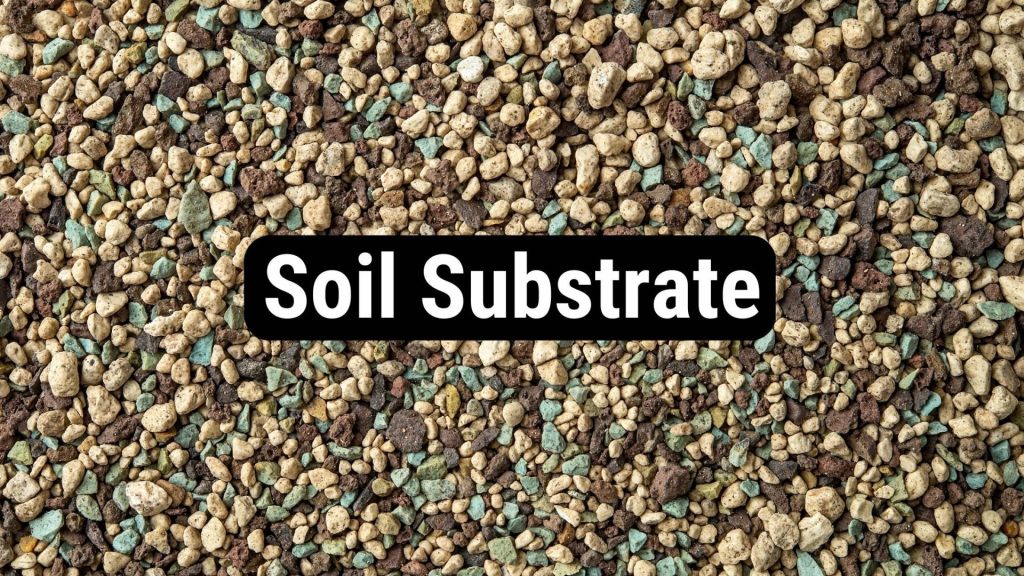
Soil is one of the top choices when aquarists use live plants in the tank. Live plants can anchor in the base and keep the bettas happier. Soil substrates also require a combination of gravel and sand to keep them stuck to the tank base. This combination of the substrates keeps the tank more refreshing and environment-friendly.
- Sand Substrate
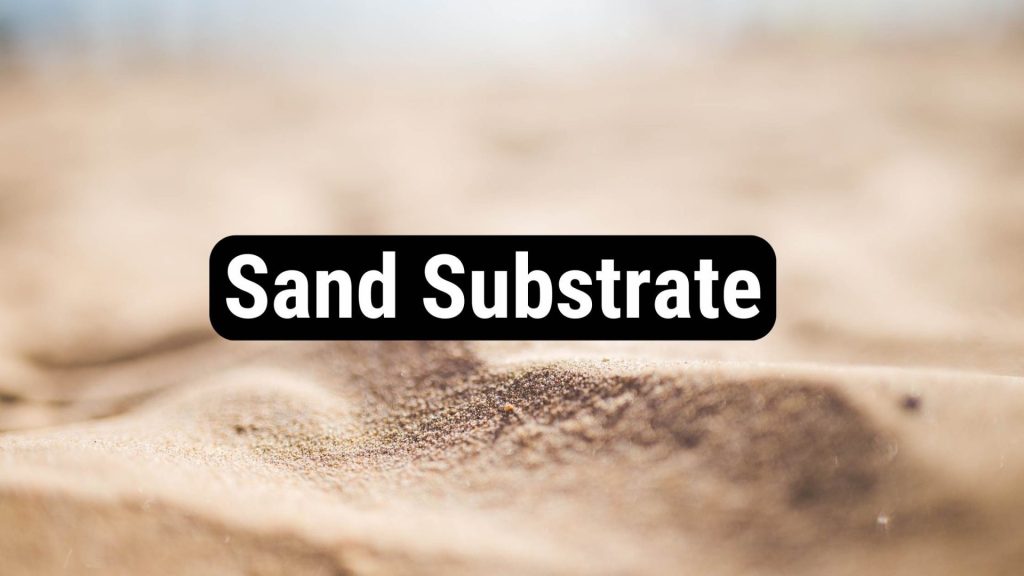
After gravel, the sand substrate is another good choice for all aquariums. The sand base does not absorb waste and debris of the tanka and lets it float on the top of the substrate. Thus, it becomes easier to collect all debris. It leaves the tank clean and healthy.
- Marble Substrate
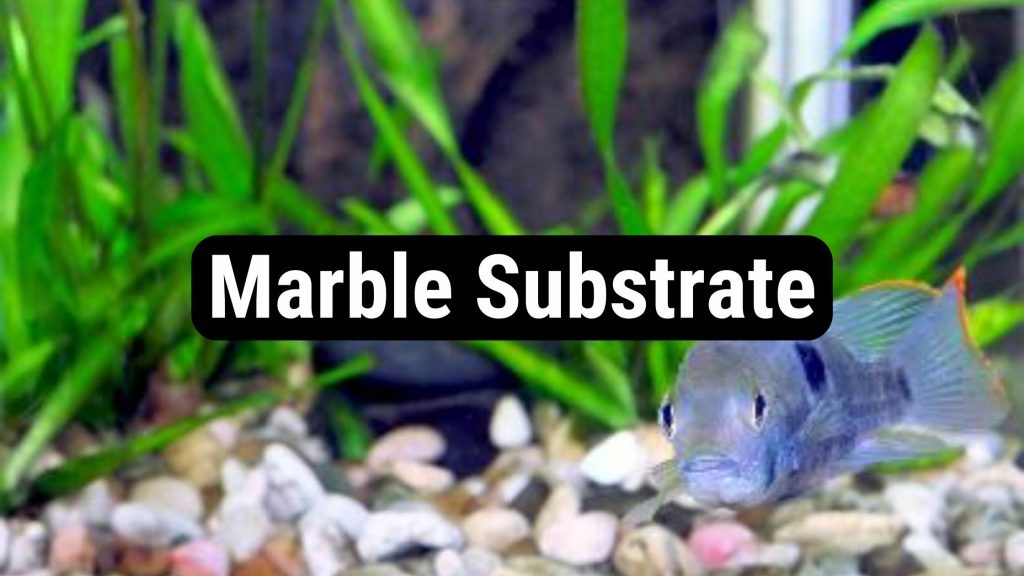
Many hobbyists love the marbles as they enhance the aesthetic beauty of the tank. However, marbles are never a good choice for a fish tank. Waste and debris get trapped among marbles and require constant water changes. For a betta tank, you should clean the marbles and water regularly.
- No Substrate
Many aquarists consider that A tank without substrate is the best option for the betta’s home. One reason is that it is easier to clean a substrate-free tank. But the gravel or any substrate is necessary for the health of betta as beneficial bacteria require any substrate to grow in the tank.
Another drawback to a substrate-free tank is that bettas can see their reflections in the ground which can make them scared or stressed.
- Planted vs Unplanted Substrate
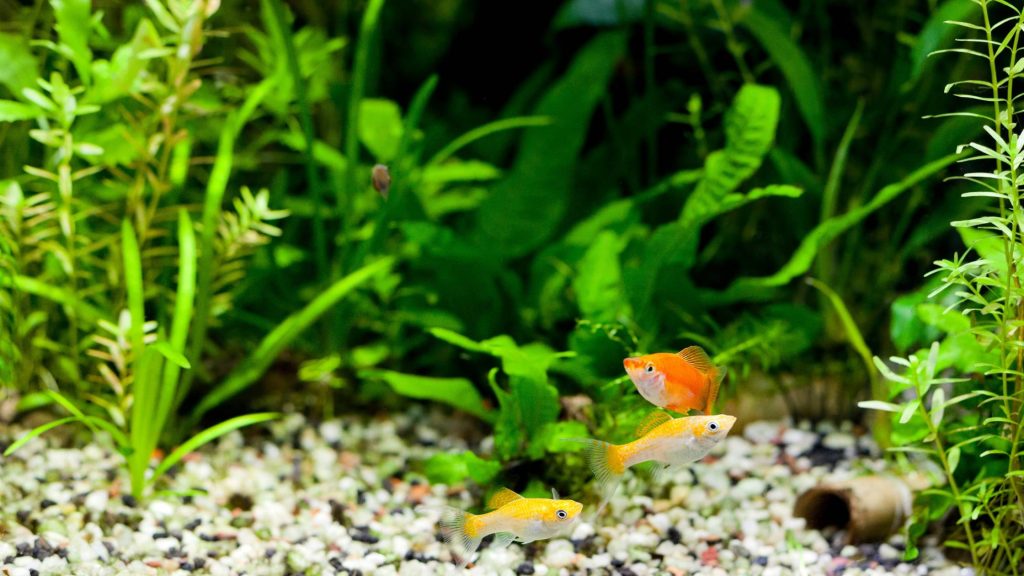
Choose whether you are going to use fresh plants or not. Fresh plants or live plants require deeper substrate and environment-friendly substrate. Substrates also provide essential nutrients to live plants. So, the roots of a fresh plant require space to grow nearly up to 1 inch.
Bettas need artificial or natural plants to play and hide. Bettas often like to explore and move around the plants and vegetation.
On the contrary to it, many aquarists use unplanted substrates and enhance the outlook of the tank with artificial plants, rocks, and ornaments. Planted substrate boosts the bettas to create a bubble nest more rigorously.
- Easy To Clean And Manage
While deciding upon any one substrate, it is necessary to keep the hygiene and maintenance of the aquarium.
All fish waste and leftover food get fallen on the tank ground. So, aquarists need to be cautious while selecting the best substrate. All types of substrate require cleanliness and maintenance. However, some substrates collect less debris while others absorb it in the cracks of the substrate.
Gravel is one of the best choices for waste maintenance. Gravel does not absorb the fish waste and it is easy to manage the tank’s cleanliness.
The second best choice is sand. Sand is an affordable substrate that keeps the waste on the surface instead of absorbing it inside the sand layers. Marbles are considered the least choice. It becomes tough to clean the spaces among the rocks and marbles.
- Choosing Between Gravel or Sand
Gravel allows the growth of beneficial bacteria that can keep the bettas healthier. Gravel is a good choice for planted and unplanted aquariums. Gravel comes in several colors and appeals to beginners and professionals equally.
On the other hand, aquarium sand does not allow live plants to grow. As sand is compact, fresh plants’ roots cannot anchor in it. When you use fresh plants in the tank, the sand substrate is never a good choice.
Gravel and sand for both substrates facilitate the aquarists in one way or another. It all depends upon the user and the requirement of the tank.
Conclusion
The selection of substrate requires great care and consideration. When you add natural soil or sand, it affects the pH of the water tank. Bettas cannot survive without the optimal pH level of the water.
So, the aquarists need to choose a substrate that provides a safer and cleaner home to the betta.
Another consideration of aquarists is the cleanliness of the tank. Whether you are a beginner or an experienced aquarist, always choose the gravel that is easy to manage.
Undoubtedly, if you are a busy bug, you cannot perform frequent water changes. In such cases, never choose the marble gravel. A gravel mix with sand and soil is the best option. It enhances the water quality and provides healthy nutrients to the bettas.
Whatever gravel you choose, keep its pros and cons in the mind. Thus, you can decide on the best substrate for the betta pet.
Leave a Reply